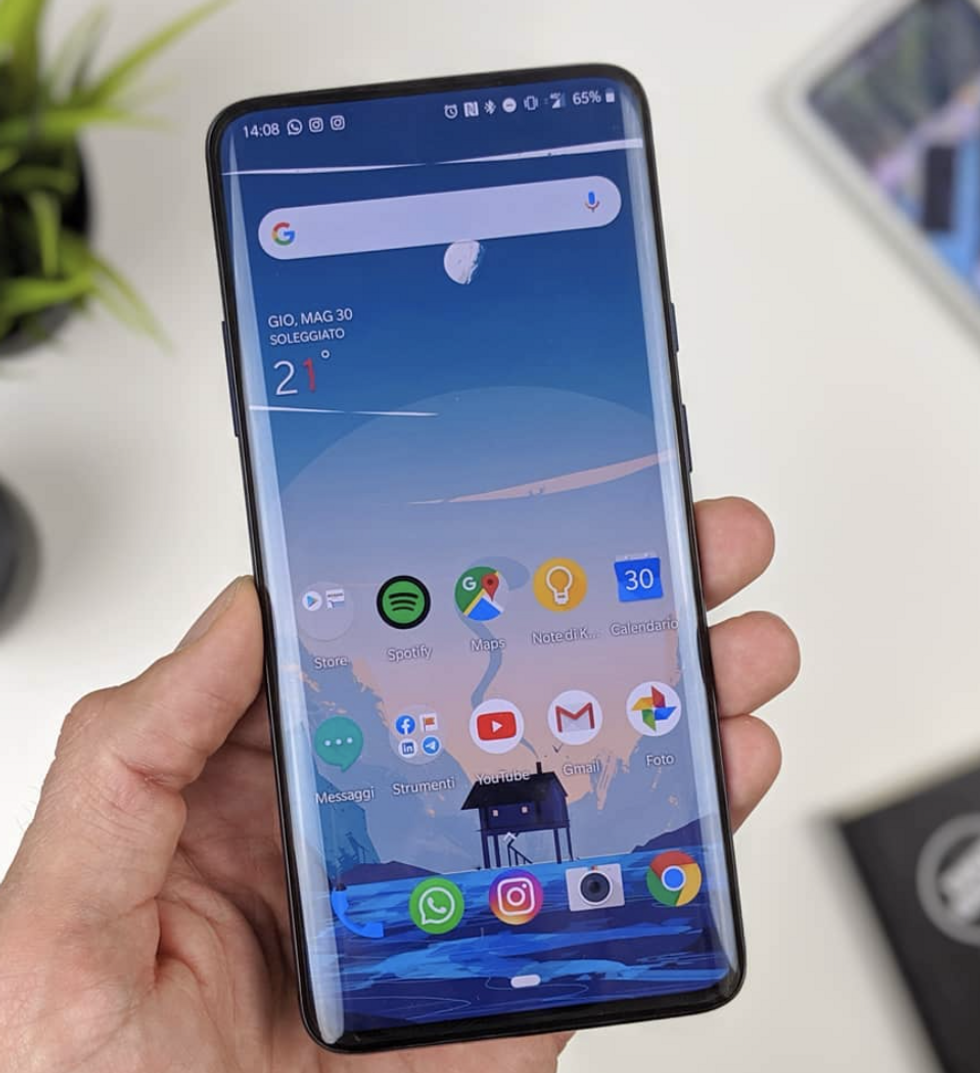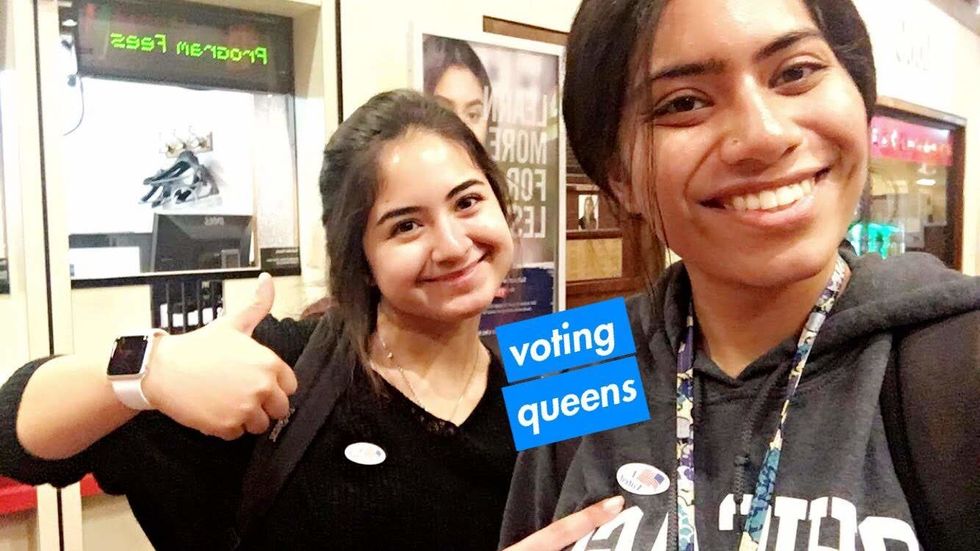We Need More Media Literacy
What is media literacy and why does it matter?
Media literacy is the key to recognizing fact and fiction online. The spread of misinformation online today is a serious issue that everyone should be aware of. Media literacy skills allow us to recognize the red flags of misinformation, misleading content and media bias online. What is media literacy and why does it matter?
What is Media Literacy?
Media literacy is the ability to recognize messaging in different types of media. For instance, most people can tell when they’re watching an ad on YouTube because the language is clearly persuasive. How do we tell if the claims made in an ad are legitimate, though? That’s where media literacy comes in.
There are six core concepts of media literacy that outline the different factors at play in any piece of content. Without media literacy, we might not recognize these factors, which can increase the likelihood of falling victim to fake news or misleading info. For example, when you read or watch a news story, do you ever wonder what goal the author or speaker has? What emotional language are they using? Could there be info or perspectives they’re leaving out?
These are the kinds of questions media literacy teaches us to ask when we’re reading or watching anything.
Why Media Literacy Matters
As of 2021, less than 40% of Americans trust the media. A lot of people are concerned about fake news and misinformation, and for good reason. One of the pitfalls of the internet and social media is how easy it is to spread false info. With so many conflicting opinions and content available online, it’s tough to fact check the media we consume every day.
That’s why media literacy is more important today than ever before. There are signs of bias, emotional language and misinformation we can learn to identify in the content we consume. Increasing our awareness of these red flags allows us to tell the difference between objective fact and subjective opinions or outright false information.
For example, generalizations are often used to oversimplify biased media. By removing the details from a story, the presenter can gloss over aspects that may contradict the message they are trying to convey. With strong media literacy skills, you can recognize when someone may be leaving out information like this, allowing you to search for those details yourself before coming to a decision on your opinion, position or actions.
The Far-Reaching Effects of Media Bias
Media literacy doesn’t just impact how we perceive current events or trends on social media. Misleading and biased media permeates our society today, with far reaching effects that can easily go unnoticed.
Skewed Surveys
For example, surveys are a common tool for demonstrating the opinions or experiences of a majority of people. News stories and other media may leverage surveys as evidence that a majority of people think a certain way. However, the way surveys are conducted can actually sway the results, skewing them so they don’t actually represent the average of a larger population.
One way that media literate people can address this issue is through sample blending. This process involves collecting survey responses from a wide variety of sources to get a more accurate sample of a larger group. For instance, a survey of “all Americans” should collect responses from every state, not just one region.
Biased Social Media Algorithms
Biased media is even changing how technology works, including the way websites show us content. Social media sites like Facebook and YouTube show content to users based on an AI algorithm. When you watch a video about dogs, you are more likely to see more dog-related videos in your feed.
Unfortunately, the way AI algorithms identify content for users is concealed in a logic black box. Underlying biases and inaccuracies can hide in the AI black box, allowing algorithms to mimic and even promote sexism, racism, misinformation and other harmful types of content. Algorithms are learning this from content humans create, indicating that a significant portion of the media we consume contains discrimination and false or misleading information.
This means that the media we consume online, particularly on social media, is literally completely different from one person to another. When biased algorithms are determining what content we see, that content can rapidly get polarized, with everyone getting a different version of the same story. Media literacy is the key to recognizing and dismantling the spread of misinformation and misleading information online.
How to Improve Media Literacy
There are steps anyone can take to improve their media literacy. It’s all about asking questions. Whenever you read a news article or watch a video online, asking yourself the right questions about it can reveal potential flaws, gaps, errors or biases in the content’s messaging. You also need to question your own responses to content.
For example, you might be scrolling through TikTok when you land on a video about how a certain celebrity betrayed and hurt another celebrity. As the content creator talks about the scandal, you might find yourself feeling angry at the celebrity in question. Ask yourself why you feel this way? Is it actually because you know they are a bad person or is it because the content creator is using emotional language intended to trigger anger in viewers?
Additionally, pay attention to the types of media you consume and learn about the differences between them. A press release from an official government agency website is much more authoritative than a blog post commenting on current events.
Always try to fact check and get information from the most authoritative sources you can find. Official agencies, encyclopedias and educational institutions are all examples of authoritative sources that are far less likely to publish biased or inaccurate information.
Smarter Media Consumption
Everyone spends a significant amount of time online today, so the media we see there can have a major influence on our views, opinions, decisions and mental health. Media literacy is crucial for counteracting the spread of misinformation and biases online. By increasing our awareness of the red flags of false, misleading or biased content, we can consume media in a smarter, healthier way.











 @imanirayy
@imanirayy


















